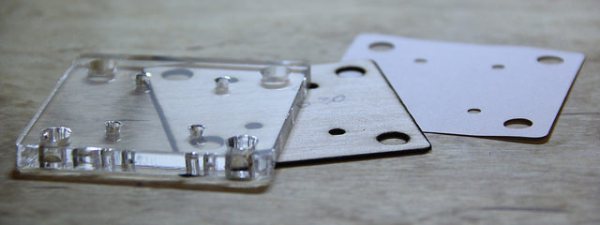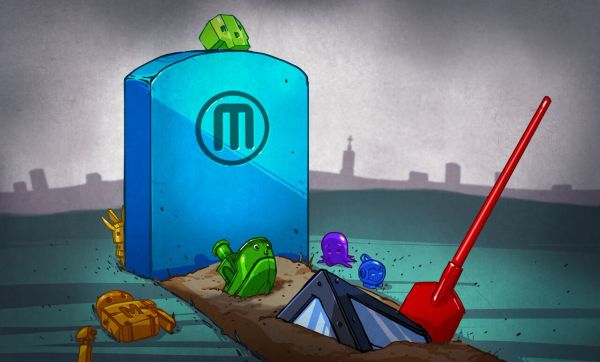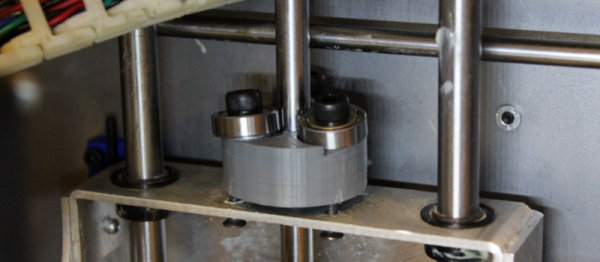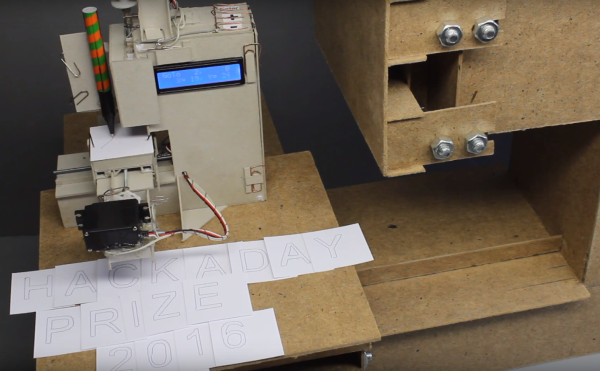What’s to be gained from reverse engineering a four-decade-old video game? As it turns out, quite a lot, and as you’ll learn from [Norbert]’s recent talk at the ViennaJS meetup, it’s not just about bringing a classic back to life.
The game in question is Kee Game’s Sprint 2, a monochrome 2D car race that allowed two players to compete head to head. The glorious Harvest Gold and Burnt Orange color scheme just screams 1970s, and it might be hard to see why this game was once a popular quarter-eater. But it was quite engaging for the day, and [Norbert] was interested in reverse engineering it. That he did, using JavaScript to build a faithful browser-based emulation of the game. And he took it further, creating a 3D first-person version of the game.
Continue reading “Forty-Year-Old Arcade Game Reveals Secrets Of Robot Path Planning”

















